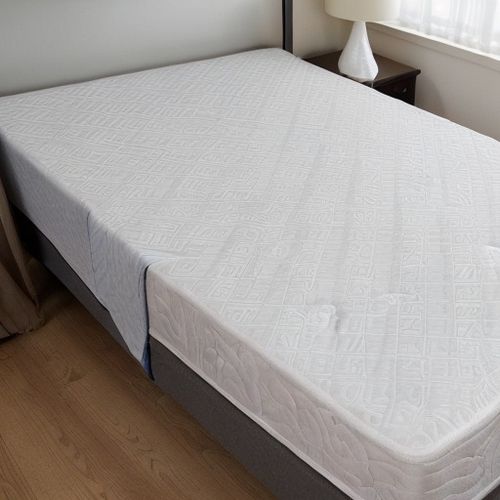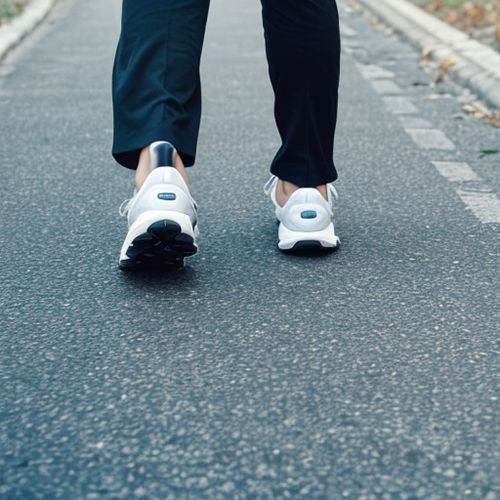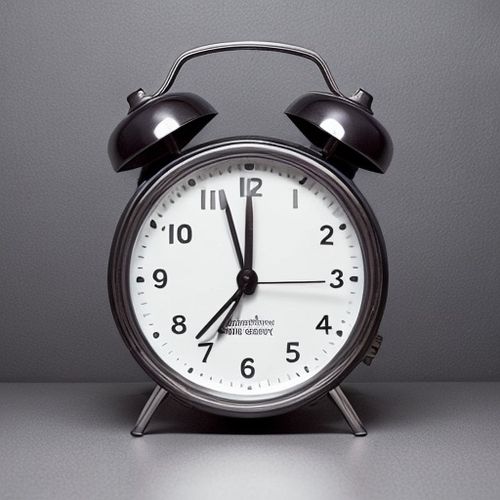The relationship between humans and caffeine is one of the most widely accepted love affairs in modern society. For many, the day doesn’t truly begin until that first sip of coffee hits the lips. The ritual of brewing, the aroma filling the air, and the immediate sense of alertness it provides create a comforting routine. Yet, beneath this daily habit lies a subtle dependency that often goes unnoticed until we attempt to break free. Caffeine dependence is real, and for those looking to reduce or eliminate their intake, the journey requires both understanding and strategy.
The Science Behind Caffeine Dependence
Caffeine works by blocking adenosine receptors in the brain, a neurotransmitter responsible for promoting relaxation and sleepiness. By inhibiting adenosine, caffeine increases neuronal firing, which in turn triggers the release of adrenaline and dopamine. This biochemical cascade results in heightened alertness and improved mood—effects that make caffeine so appealing. However, over time, the brain adapts by producing more adenosine receptors, meaning more caffeine is required to achieve the same effect. This is the foundation of tolerance and dependence.
Withdrawal symptoms emerge when regular caffeine consumption is abruptly reduced. Headaches, fatigue, irritability, and difficulty concentrating are common, often peaking within 24 to 48 hours after the last dose. These symptoms, while temporary, can be severe enough to derail even the most determined efforts to quit. Understanding this biological mechanism is crucial for anyone seeking to taper off caffeine gently and effectively.
Recognizing the Need for Change
For some, caffeine is a harmless pick-me-up, but for others, it becomes a crutch that disrupts sleep, heightens anxiety, or causes digestive issues. The first step in reducing caffeine dependence is acknowledging its impact on your well-being. Do you find yourself unable to function without your morning cup? Do you experience afternoon crashes that demand another dose? Are you consuming caffeine late in the day, only to toss and turn at night? These are signs that your relationship with caffeine may need reevaluation.
It’s also worth considering the broader lifestyle factors that contribute to reliance on caffeine. Poor sleep, high stress, and unbalanced diets often create a cycle where caffeine becomes a temporary fix for deeper issues. Addressing these underlying factors can make the transition away from caffeine smoother and more sustainable.
A Gradual Approach to Reduction
Cold turkey might work for some, but for many, a gradual taper is far more manageable. Start by slightly decreasing your caffeine intake each week. If you typically drink four cups of coffee a day, cut back to three and a half for a week, then three the next, and so on. This slow reduction allows your brain to adjust to decreasing levels of adenosine blockade without triggering severe withdrawal symptoms.
Another effective strategy is mixing regular coffee with decaf. Begin with a 3:1 ratio of regular to decaf, then gradually shift to half and half, then 1:3, until you’re drinking entirely decaffeinated coffee. This method preserves the ritual of coffee drinking while minimizing caffeine intake. Herbal teas, such as chamomile or rooibos, can also serve as comforting alternatives that provide warmth and routine without the stimulant effects.
Hydration and Nutrition as Support
Dehydration often masquerades as fatigue, leading many to reach for caffeine when what their body truly needs is water. Increasing your water intake can help mitigate withdrawal symptoms and maintain energy levels. Adding a pinch of sea salt or a squeeze of lemon to your water can enhance hydration by supporting electrolyte balance.
Nutrition also plays a key role in sustaining energy without caffeine. Protein-rich breakfasts, such as eggs or Greek yogurt, provide steady energy, while complex carbohydrates like oats or sweet potatoes prevent blood sugar crashes. Magnesium-rich foods, such as leafy greens and nuts, can help alleviate headaches and muscle tension associated with withdrawal.
Mindfulness and Behavioral Adjustments
Caffeine consumption is often tied to specific triggers—morning routines, work breaks, or social interactions. Identifying these triggers allows you to create new, healthier habits in their place. If you typically drink coffee first thing in the morning, try replacing it with a short walk or stretching session to naturally boost alertness. If afternoon slumps prompt a caffeine fix, a brisk walk or a few minutes of deep breathing can provide a similar energy lift.
Mindfulness practices can also help manage cravings and withdrawal symptoms. When a caffeine craving strikes, pause and observe it without judgment. Is it truly a need for energy, or is it habit? Often, the craving will pass if you sit with it for a few moments. Meditation and deep-breathing exercises can further reduce stress and improve focus, lessening the perceived need for caffeine.
The Role of Sleep in Breaking the Cycle
One of the greatest ironies of caffeine dependence is that it often stems from poor sleep, yet it also perpetuates the problem. Caffeine has a half-life of about five hours, meaning if you consume 200 mg at noon, 100 mg is still in your system by 5 PM, potentially disrupting your ability to fall asleep. Prioritizing sleep hygiene—such as maintaining a consistent bedtime, reducing screen time before bed, and creating a restful environment—can improve sleep quality and reduce reliance on caffeine for energy.
If you’re used to relying on caffeine to combat sleep deprivation, consider a short nap instead. A 20-minute power nap can provide a significant energy boost without the subsequent crash or interference with nighttime sleep. Over time, as your sleep improves, your need for caffeine will naturally diminish.
Patience and Self-Compassion
Breaking free from caffeine dependence is a process, not an overnight achievement. There will be days when you slip up or feel particularly fatigued, and that’s okay. The goal isn’t perfection but progress. Celebrate small victories, like choosing herbal tea over coffee or making it through the afternoon without a caffeine boost. Over time, these small choices add up to significant change.
Remember, the aim isn’t necessarily to eliminate caffeine entirely—unless that’s your personal goal. Many people find they can enjoy caffeine in moderation once they’ve reset their tolerance. The key is developing a mindful, intentional relationship with caffeine, where it serves you rather than controls you.

By Thomas Roberts/Apr 25, 2025

By Daniel Scott/Apr 25, 2025

By Thomas Roberts/Apr 25, 2025

By Daniel Scott/Apr 25, 2025

By Lily Simpson/Apr 25, 2025

By Megan Clark/Apr 25, 2025

By Christopher Harris/Apr 25, 2025

By Amanda Phillips/Apr 25, 2025

By John Smith/Apr 25, 2025

By Michael Brown/Apr 25, 2025

By Daniel Scott/Apr 25, 2025

By Olivia Reed/Apr 25, 2025

By Elizabeth Taylor/Apr 25, 2025

By James Moore/Apr 25, 2025

By John Smith/Apr 25, 2025

By William Miller/Apr 25, 2025

By Daniel Scott/Apr 25, 2025

By Emma Thompson/Apr 25, 2025

By James Moore/Apr 25, 2025

By Ryan Martin/Apr 25, 2025